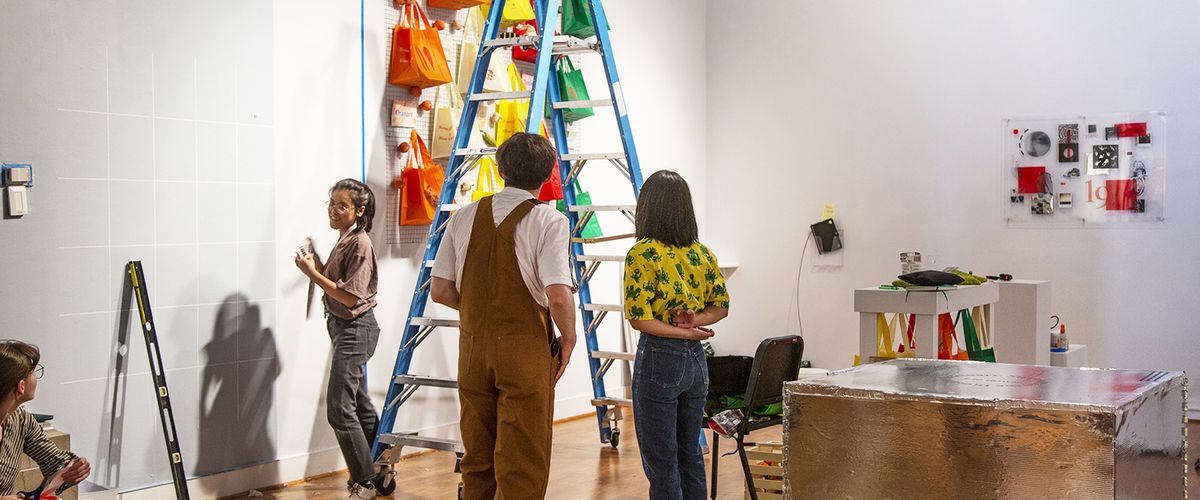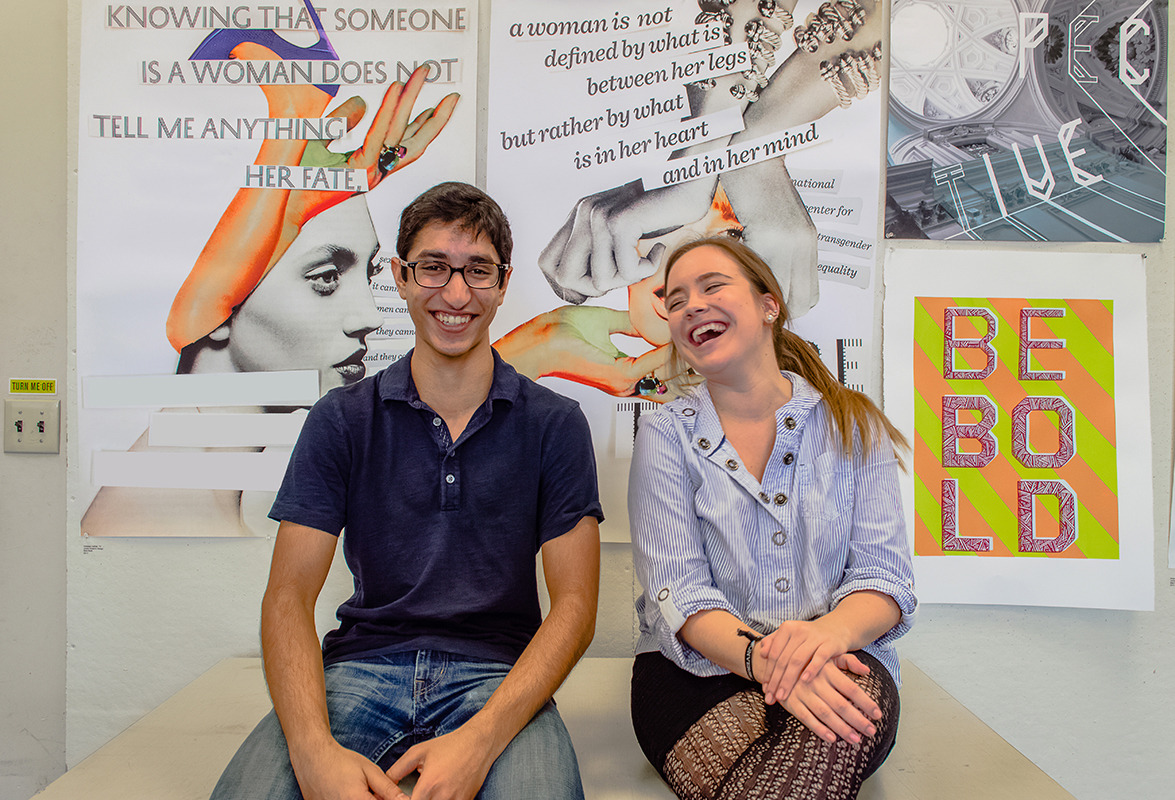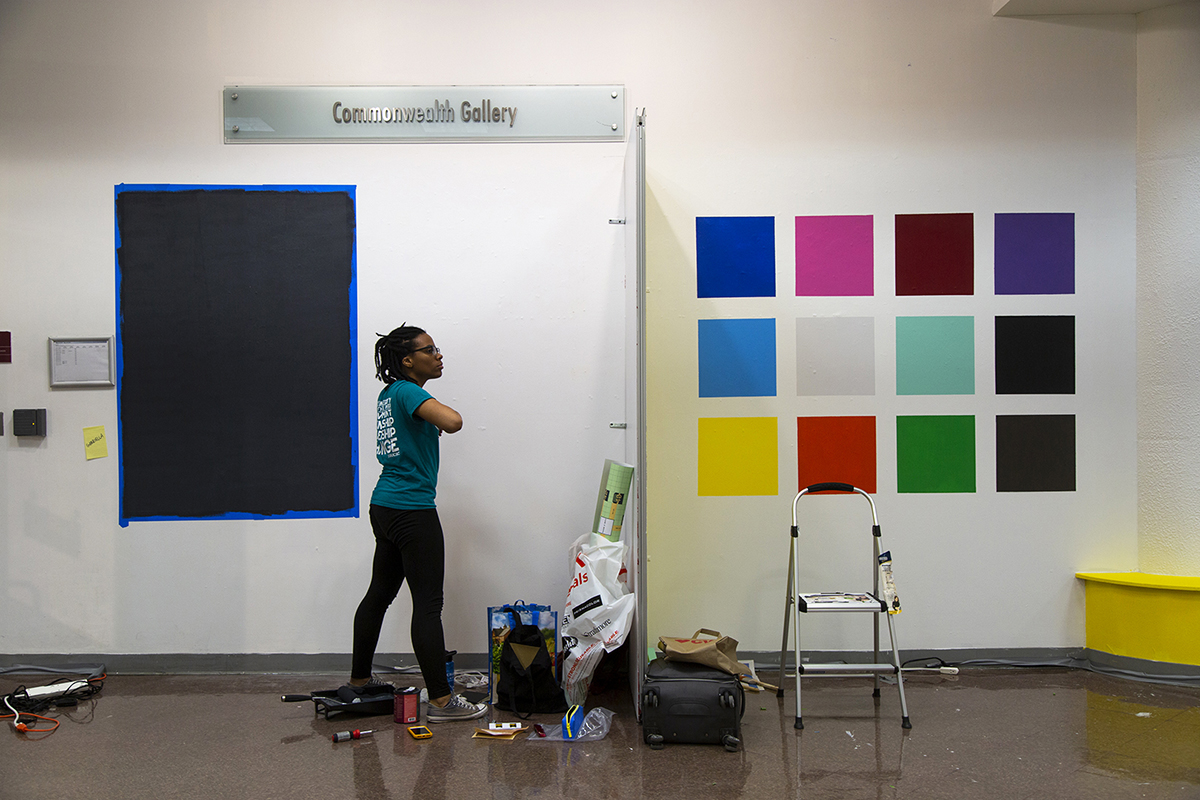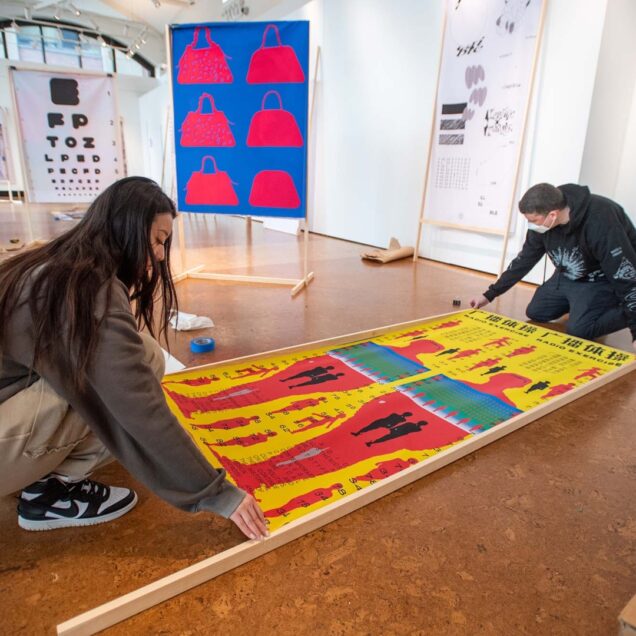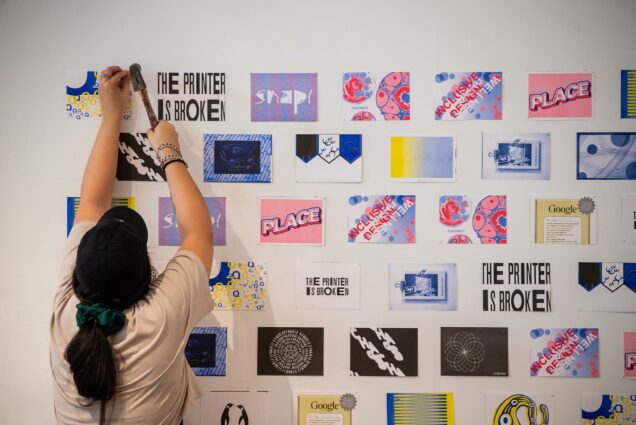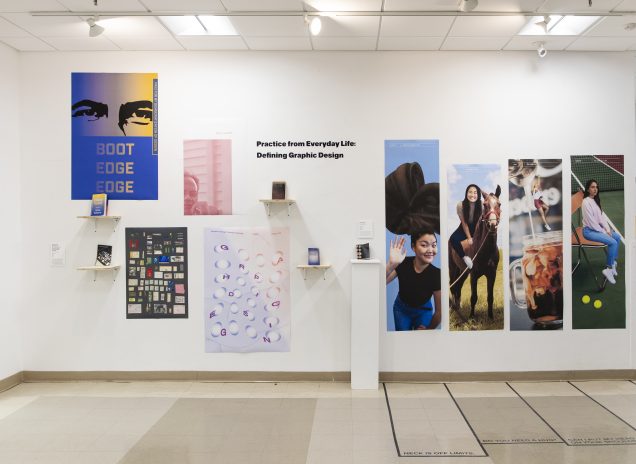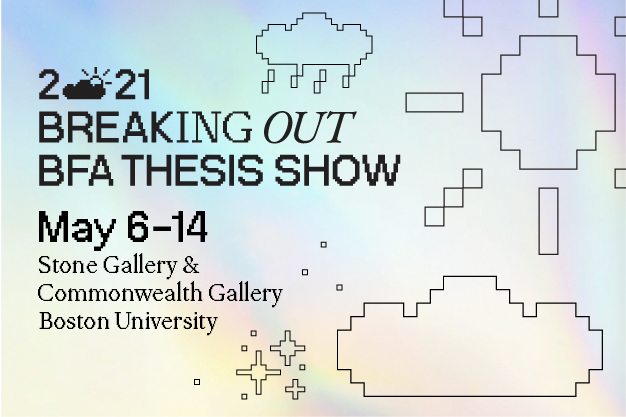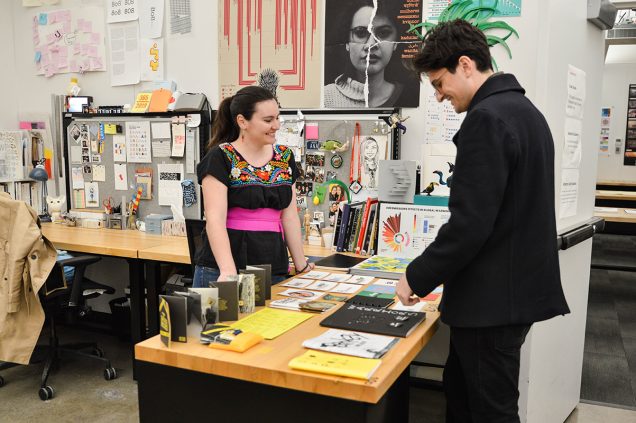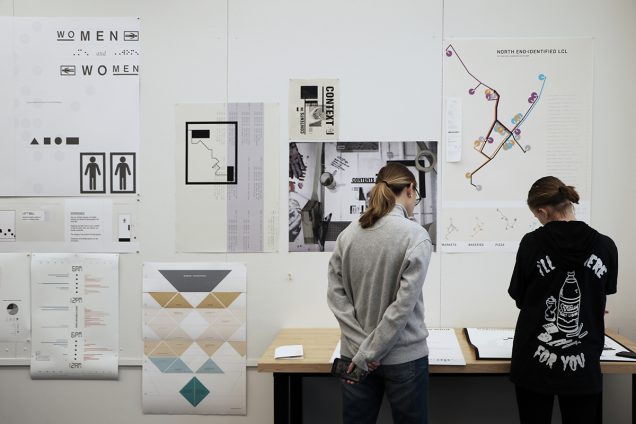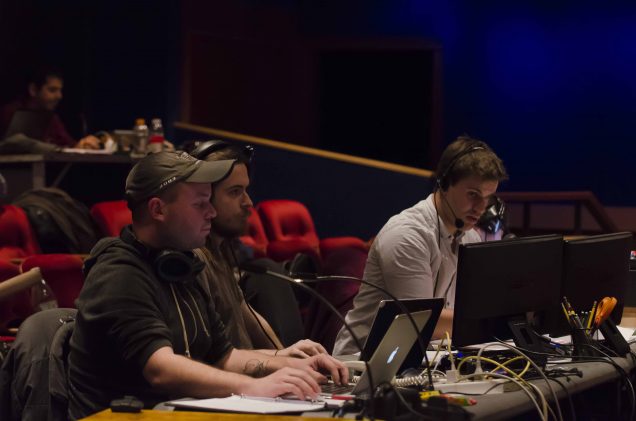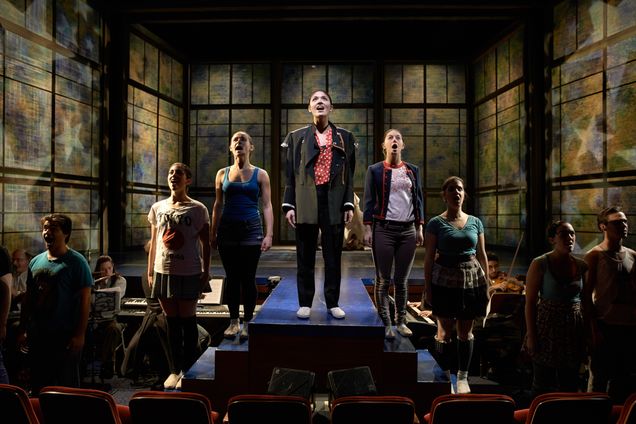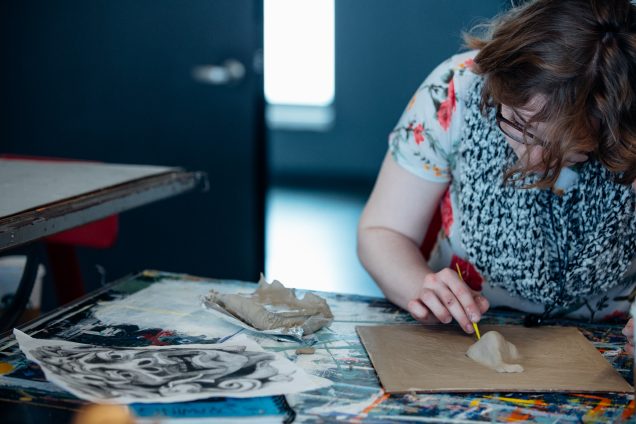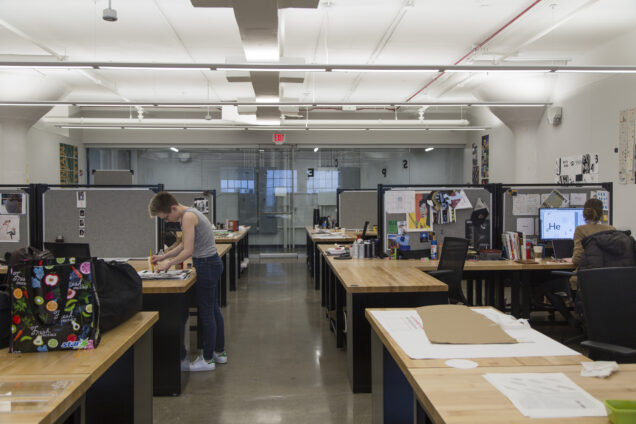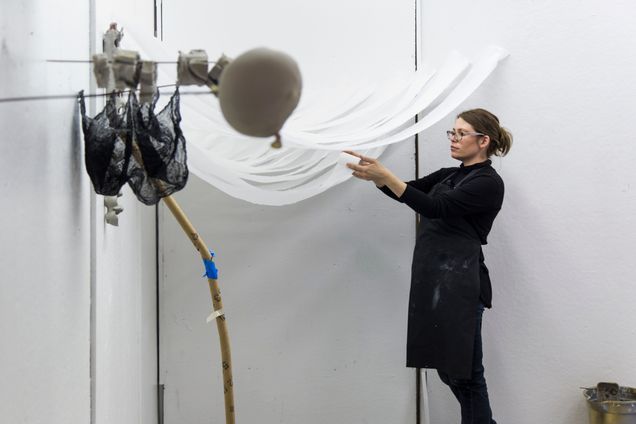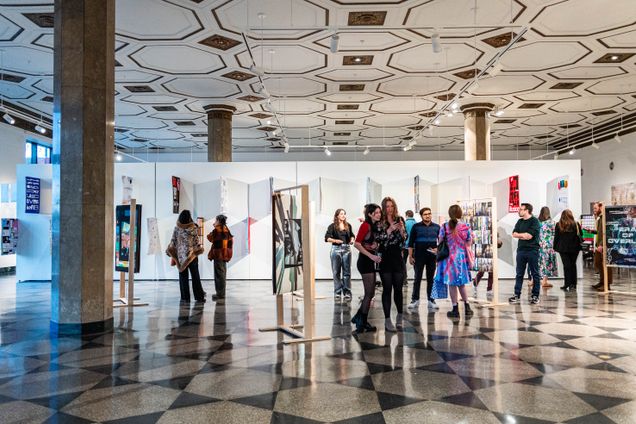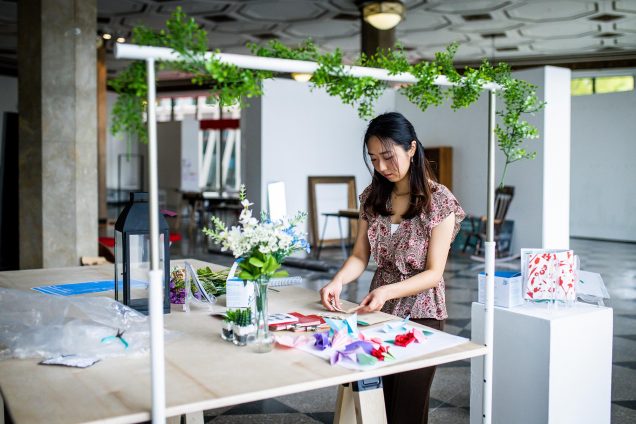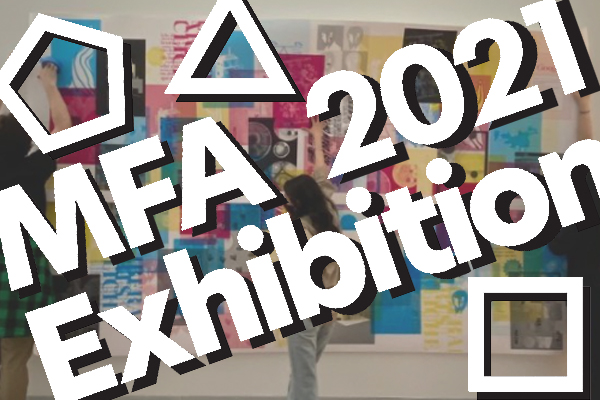The Bachelor of Fine Arts (BFA) program in Graphic Design provides a sequenced studio approach to design, preparing students to thrive in a dynamic, creative professional environment. A solution-based practice, framed by the key principles of form, authorship, audience, medium, and context defines the program’s core. Each course focuses on design thinking over determined output: the process is the product. This process-oriented approach sets the program apart, and is at the forefront of entrepreneurial thinking across creative industries.
Program of Study
All Graphic Design undergraduates begin in the Foundation program. First-year Foundation courses introduce visual concepts in two and three dimensions, with an emphasis on drawing from observation. Students specialize in graphic design coursework beginning in their sophomore year. Year-long graphic design and typography studios emphasize form and communication.
In the Junior year, graphic design and typography studios address authorship, audience, and medium.
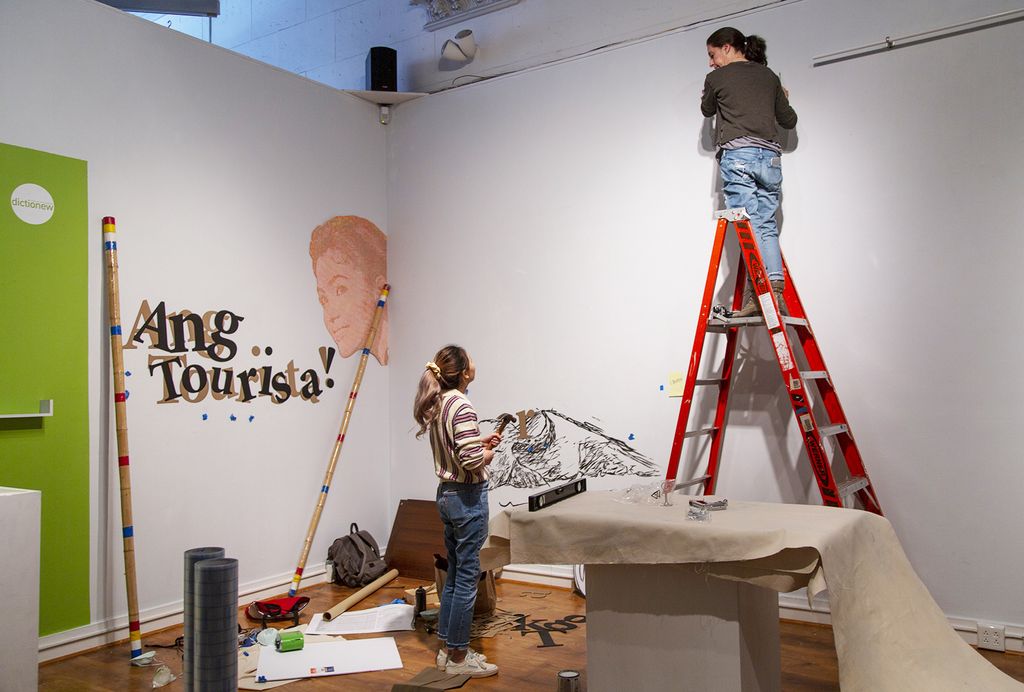
Senior year culminates in the thesis project and end-of-year exhibition, in which students articulate a personally driven design methodology through an installation of their work in the Boston University Art Galleries.
Electives in design, visual art, and in programs across the university complement the core graphic design and typography studios, affording the opportunity to specialize in areas of interest and providing a flexible and open-ended approach to design research and practice.
Visiting designers and theorists are regularly invited to the program to present talks on their work, provide workshops, and participate in group critiques of student work.
Students are expected to actively participate in the Boston-based design community in order to cultivate their own professional networks.
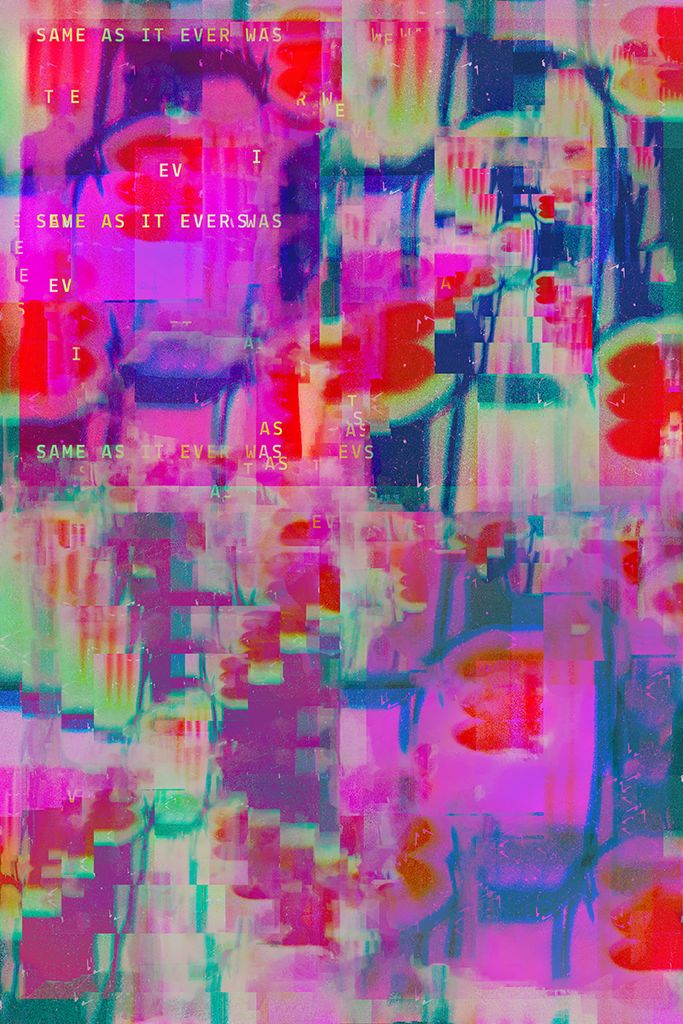
Lauren Smith
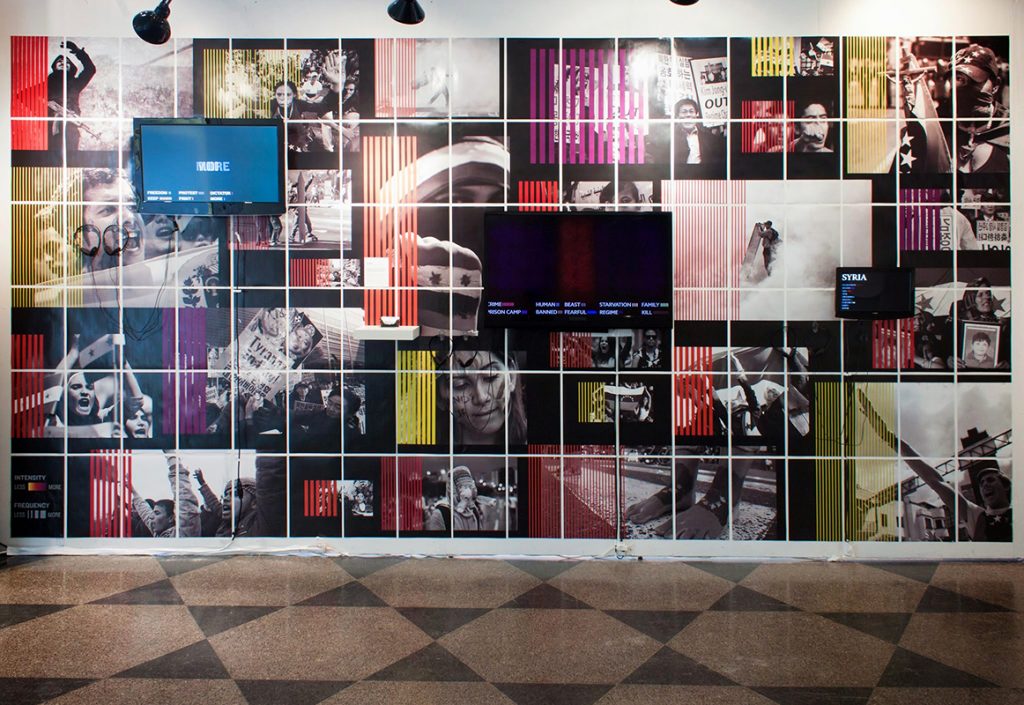
Adriana Ateyana Chuta

Amal Chandaria
Opportunities
BU’s partnership with AIGA Boston brings leaders in the field to campus, and provides opportunities for students to interface directly with Boston area designers and design studios.
The Graphic Design program benefits from cross-disciplinary engagement with the College of Communication and the Questrom School of Business, granting students the opportunity to collaborate with creative individuals across various communication-driven fields.
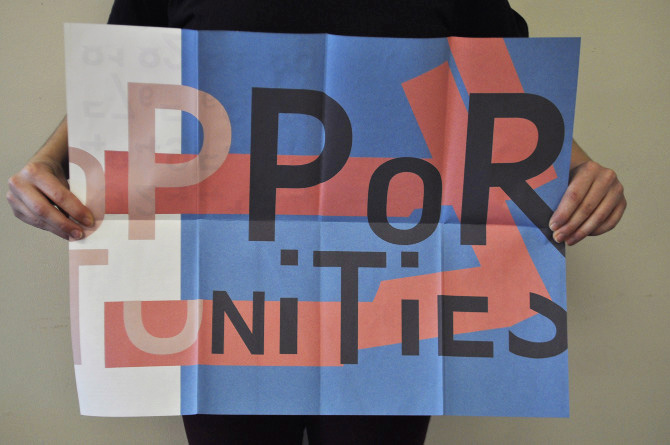
Grace Galloway
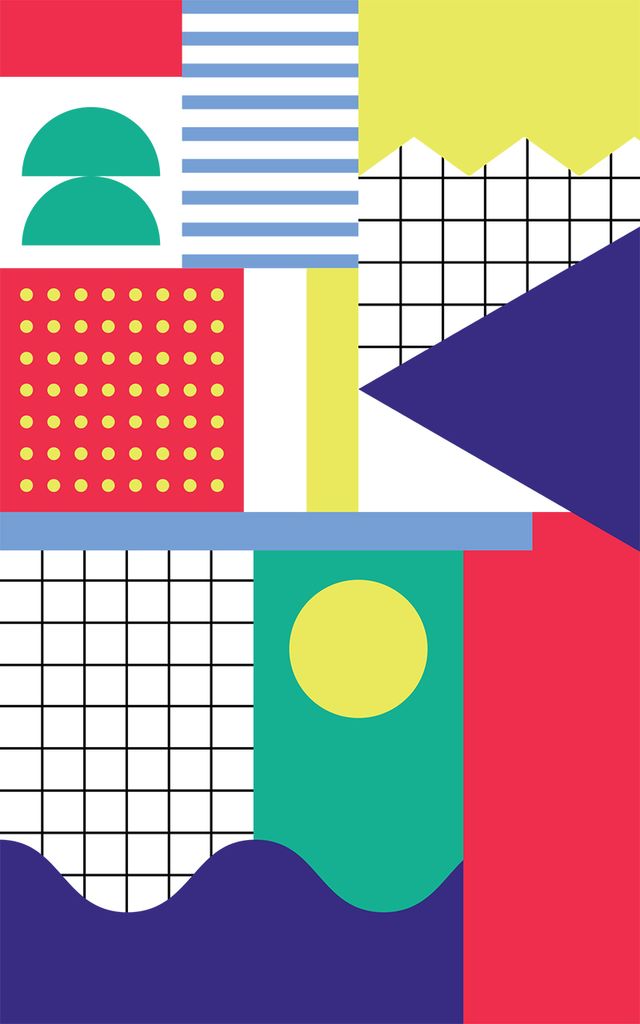
Grace Colbert
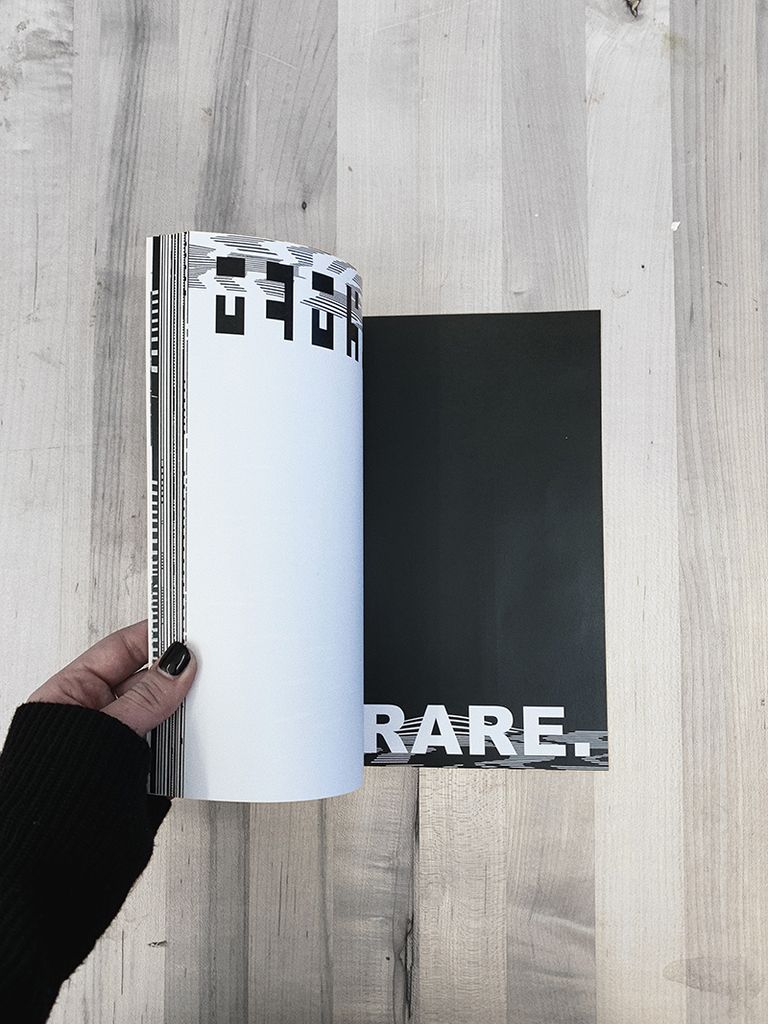
Claire Adamson
Partnerships with area businesses and design firms help undergraduates to navigate the professional world, leading to internships and employment.
Undergraduates can study graphic design alongside printmaking, glassblowing and other coursework in the school’s study abroad program in Venice, Italy.
Other past Graphic Design-related study abroad trips have included a two-week design intensive in Amsterdam, the Netherlands, and a two-week Printmaking workshop at the Franz Masareel Centrum in Kasterlee, Belgium.
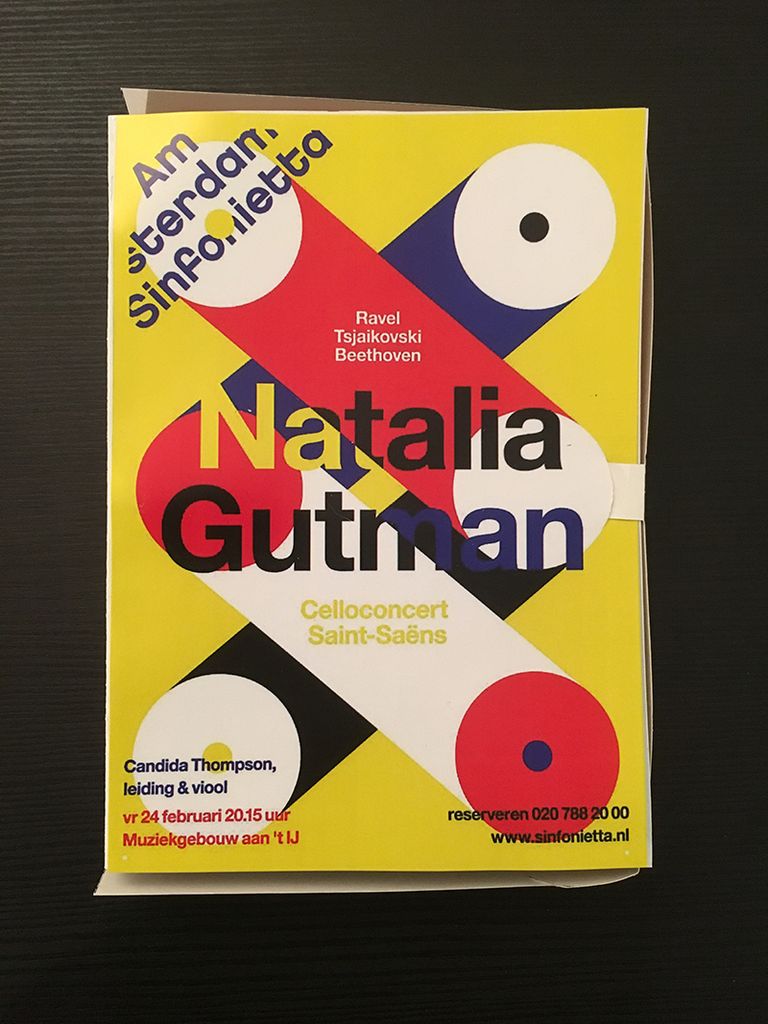
Yunqi Qian
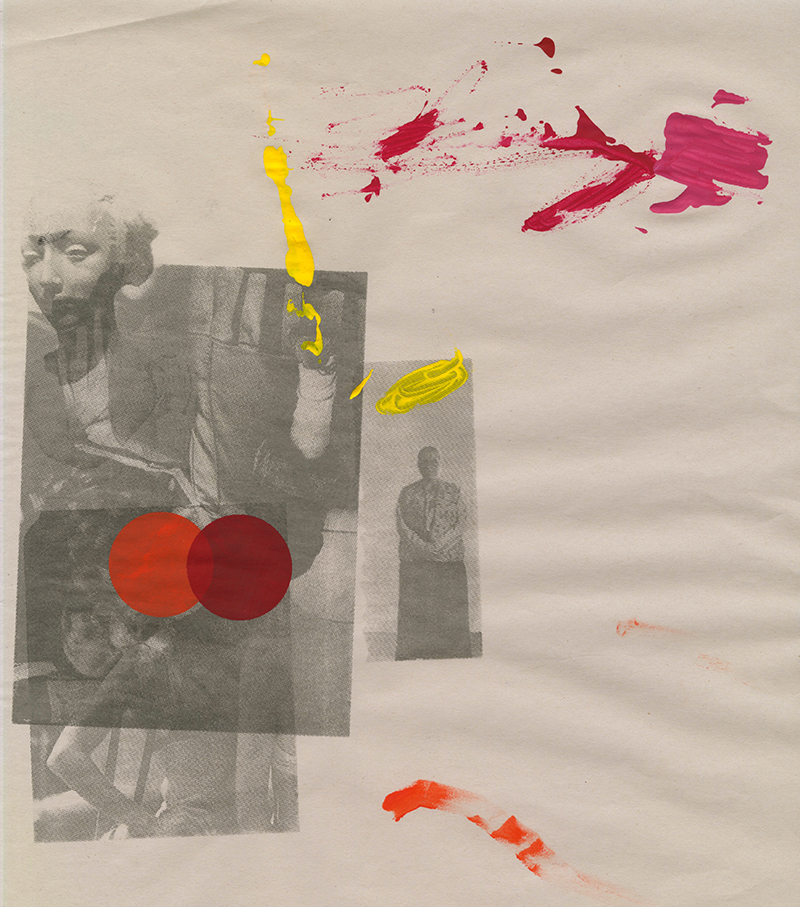
Kate Monroe
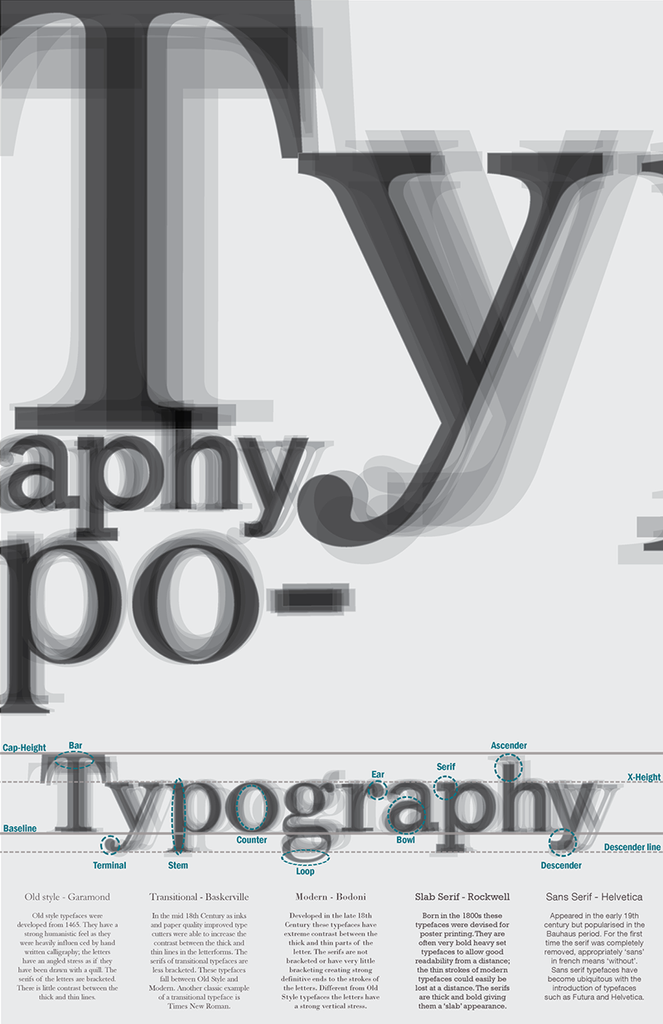
Jason Yu

Hanna Yang
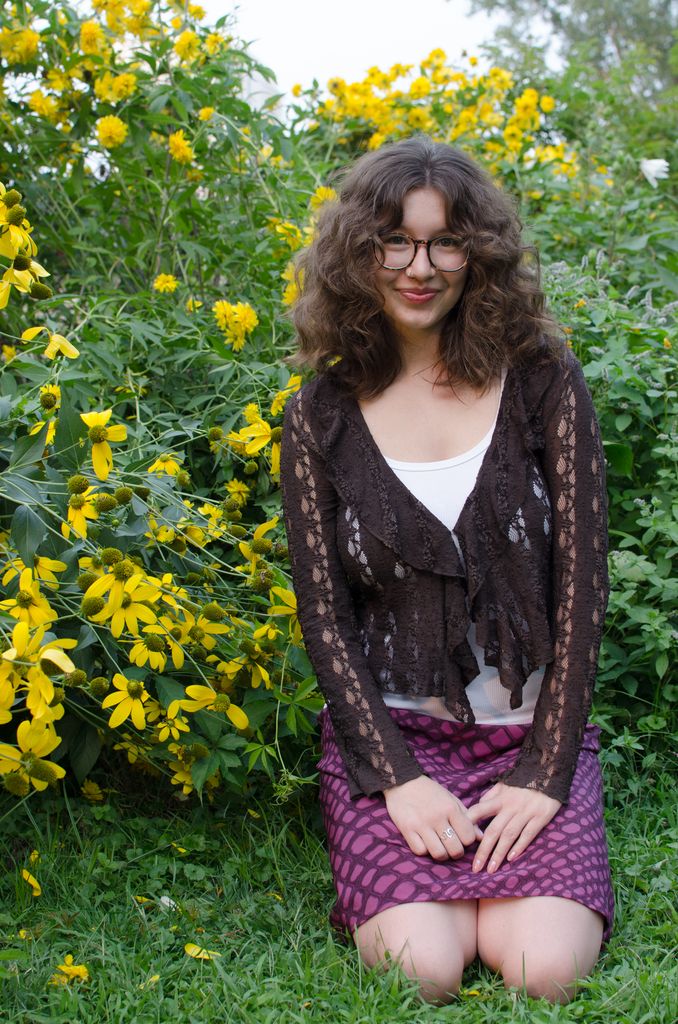
BEYOND THE CLASSROOM
My experience as a retail visual and product designer for The Museum of Fine Arts, Boston
Julia Cheung (CFA’25)
Visiting The Museum of Fine Arts, Boston, anytime soon? You might see some of Julia Cheung’s design work in their shop! Over the summer of 2024, Julia, an undergraduate graphic design student at BU School of Visual Arts, interned as the museum’s Retail Visual and Product Designer, where she assisted in developing the design of products from stationery and apparel to prints and home decor.
For Julia, this internship allowed her to envision herself pursuing a career in packaging design and built her confidence as she was given opportunities to lead many design projects.
My largest accomplishments were definitely the few projects I was given the opportunity to lead. The first project was creating a large scarf for the MFA’s Audubon series, in which I made multiple options and presented them to the department team. The second project was designing the packaging and cards for the MFA Boston playing cards. This internship was extremely helpful, as it allowed me to envision myself pursuing a career path in packaging design and understand the possibilities for this form of design to expand into occupations such as retail.
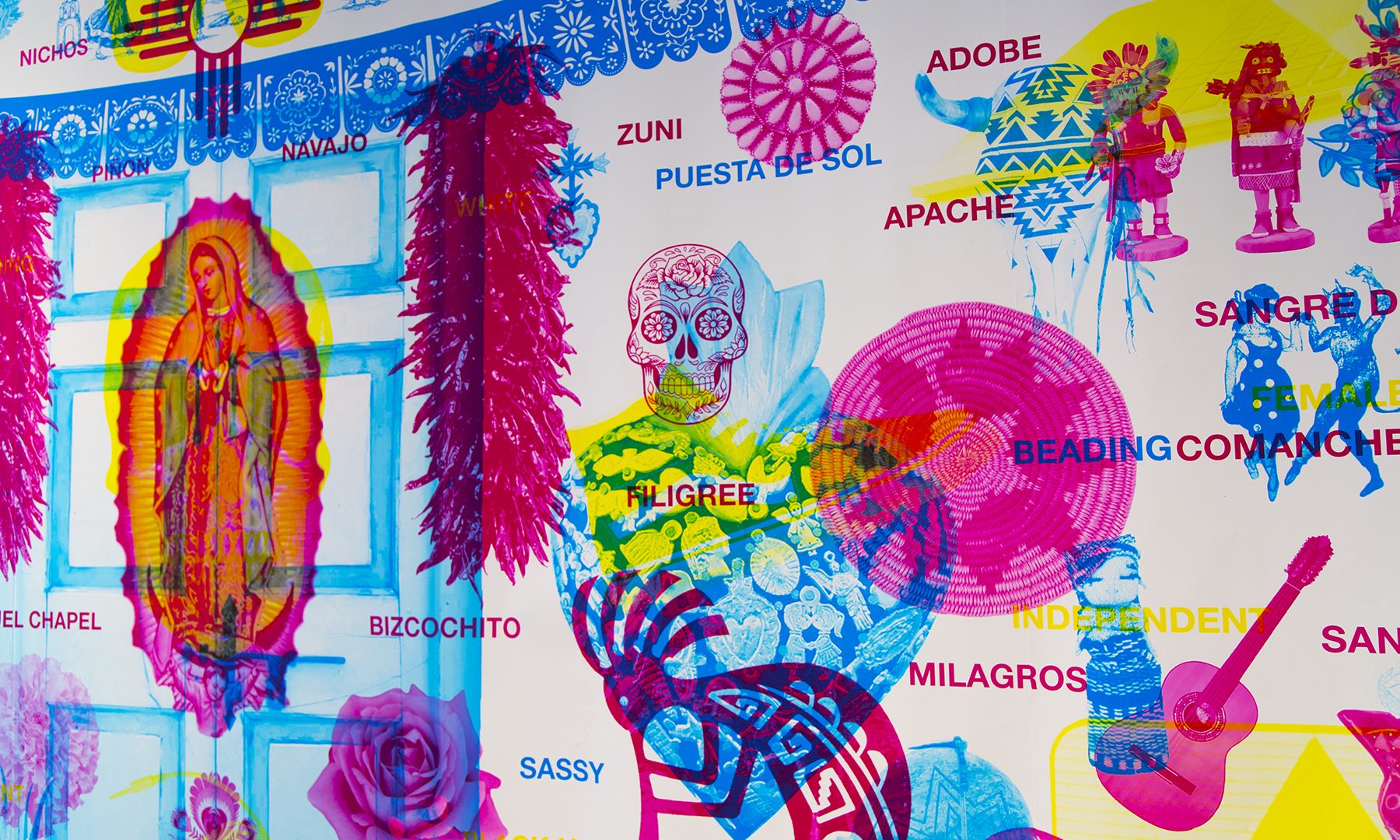
Notable Graduates
- Gael Towey, former Chief Creative Officer, Martha Stewart Living Omnimedia and 2014 AIGA medalist
- Katie Noyes, Associate Creative Director, Converse Inc.
- Victor Mathieux, entrepreneur and product designer
- David Delmar, founder, Resilient Coders
- Amber Vittoria, Freelance Illustrator and Forbes 30 under 30 recipient
- Dana Feruzzi, Art Director, Small Army
- Anna Snell, Graphic Designer, Converse
- Carol Liao, Interactive Designer, The Artificial (Amsterdam)
- Annie Wilcox, Graphic Designer, Free People
- Pedro Gandaria, Founder and Creative Director, Hobo Urbanwear
Facilities
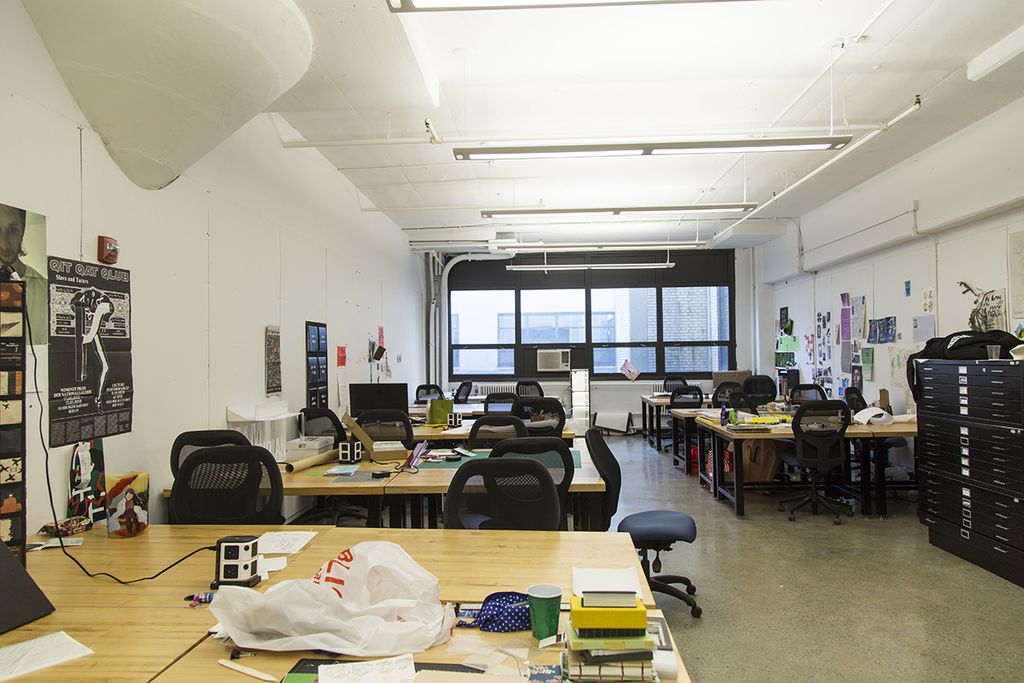
Graphic design undergraduates share communal workspaces equipped with flat files, printers, and paper trimmers.
Additional digital studios for undergraduate graphic designers include a computer lab fully equipped with the Adobe Creative Suite and a digital workshop equipped with large-format printers, a Risograph printer, bookbinding equipment, and vinyl cutters.
With training, students are also granted access to the School’s Printmaking facilities, which include etching, lithography, silkscreen, bookmaking, letterpress, and digital print studios.
Additional facilities available to students include black-and-white darkrooms, a digital photography lab, a fully equipped wood shop, welding shop, and ceramics facilities.
The Visual Arts Resource Library is a non-lending resource library of art and design books, periodicals, and audio/visual resources. Additional resources for student use include Apple desktop computers, a large-format scanner and copy stand, and digital equipment for short-term loan, including digital SLR cameras, projectors, lighting kits, and more.
The Graphic Design program regularly works with EPIC (Engineering Product Innovation Center), a pioneering facility at Boston University for fabrication that offers laser cutting, 3D printing, robotic manufacturing, and more.
Students may also take coursework outside of the School of Visual Arts and explore programs across the BU community. Many undergraduate Graphic Design students are dual-degree majors.

Samantha Wong

Julia Park

Ashley Drake

Sarah Rabinovich

Cat Yu

Yunqi Qian
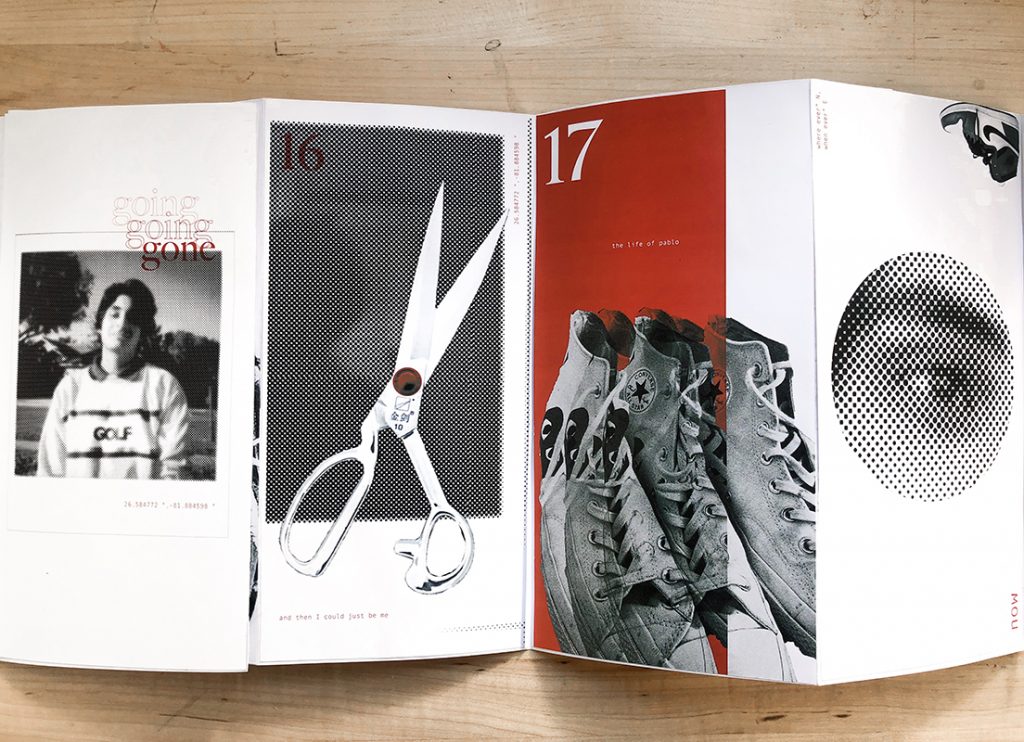
Nikita Singh

Dafei Lu

Julie Ostrow

FACULTY FEATURE
Designer and educator with over two decades of experience, James Grady, assistant professor of graphic design at BU School of Visual Arts and creative director at BU Spark!, came to BU with an interdisciplinary career leading design projects for clients such as Google, Nike, and Samsung.
In CFA’s Faculty Feature series, Grady shares with CFA his excitement in teaching the next generation of graphic designers, the beauty of the art of graphic design, and the graphic design faculty’s professional background is a major advantage for students.
The beauty of graphic design is it’s still being defined. It’s not tied to a particular medium. It doesn’t need to be a poster or even typography, although those are some of the tools we use. Our graphic design programs are built to assist students through the long term, not just create a portfolio style to get a job. We give them real-world projects. We do that in the context of a fine arts college that encourages them to be more divergent in how they think about graphic design as an independent field.
James Grady, Assistant Professor
Program Faculty
-
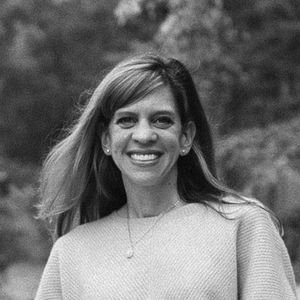
Kristen Coogan
Associate Professor of Art, Graphic Design; Chair, Graduate Graphic Design
-

James Grady
Assistant Professor of Art, Graphic Design; BU Spark! Creative Director; Principal, Design Axl
-

Nicholas Rock
Assistant Professor of Art, Graphic Design; Director of Graduate Studies
-
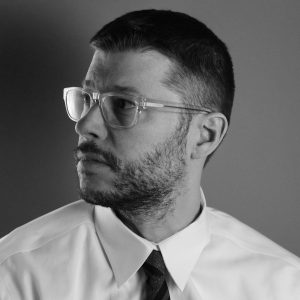
Christopher Sleboda
Associate Professor of Art, Graphic Design; Chair, BFA Graphic Design
-

Mary Yang
Assistant Professor of Art, Graphic Design
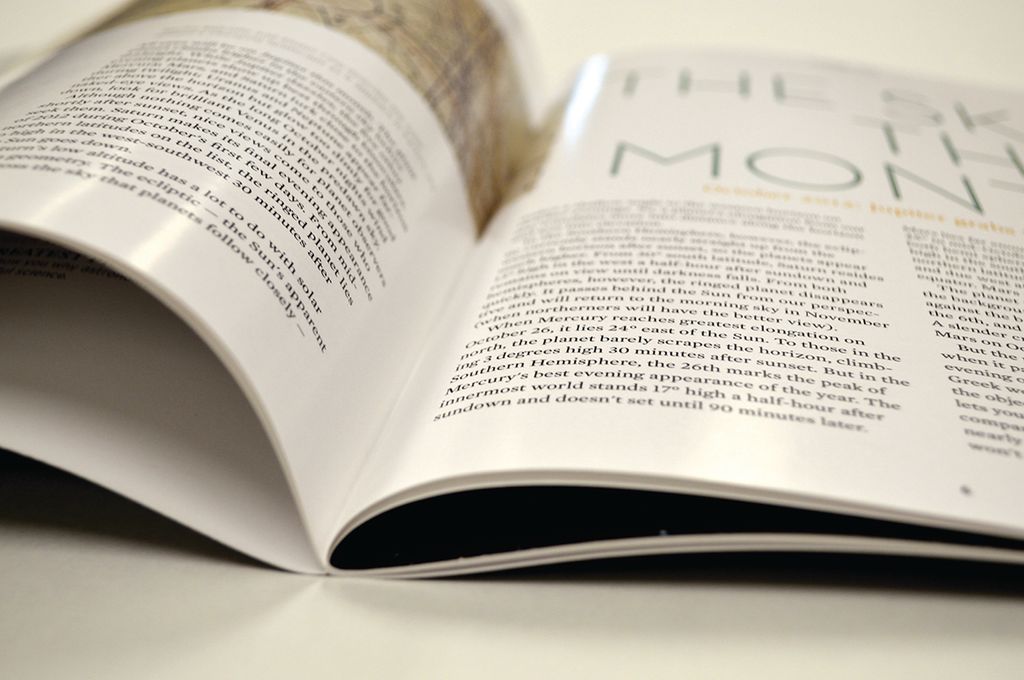
Next Steps for Applicants
The best way to determine if BU is right for you is to visit us in-person or remotely. Observe classes. Faculty members are available to meet with you and to discuss your educational interests, individual learning needs, and career goals.
Explore our admission requirements, financial tools, and resources to determine if the program is the right match. Reach out to visuarts@bu.edu with any questions along the way.
